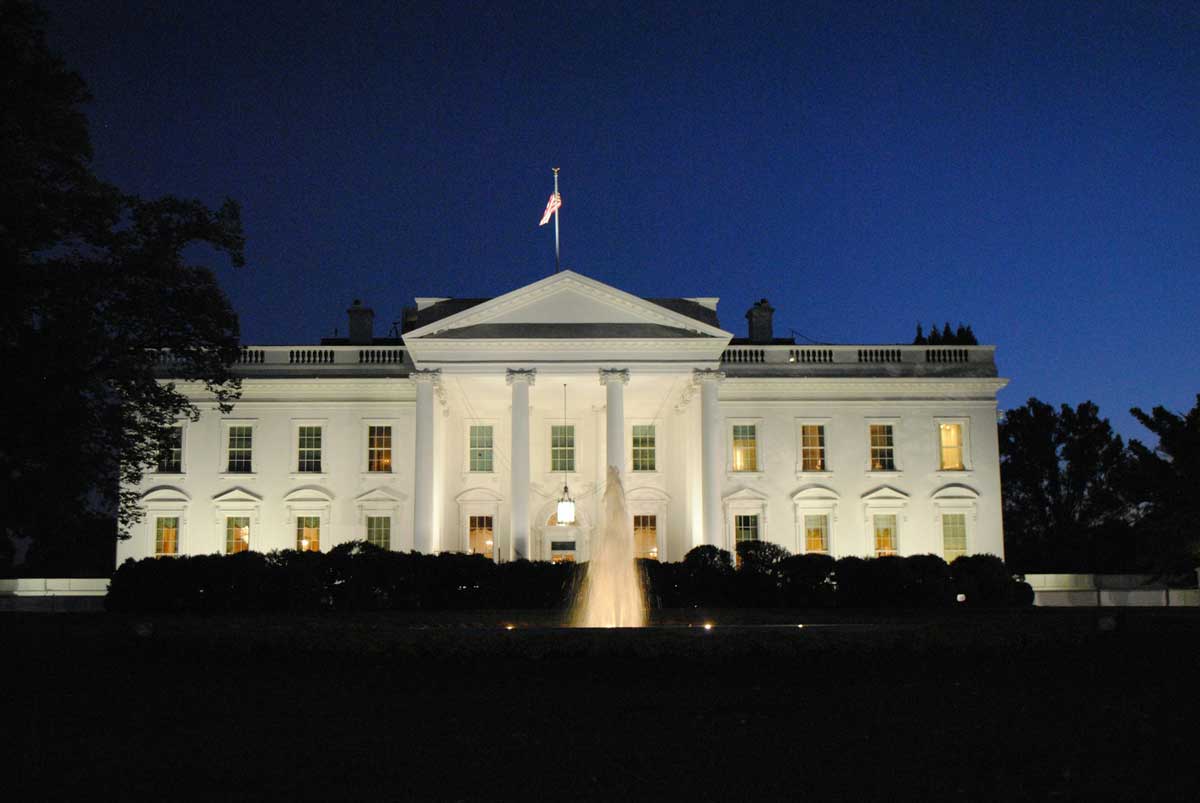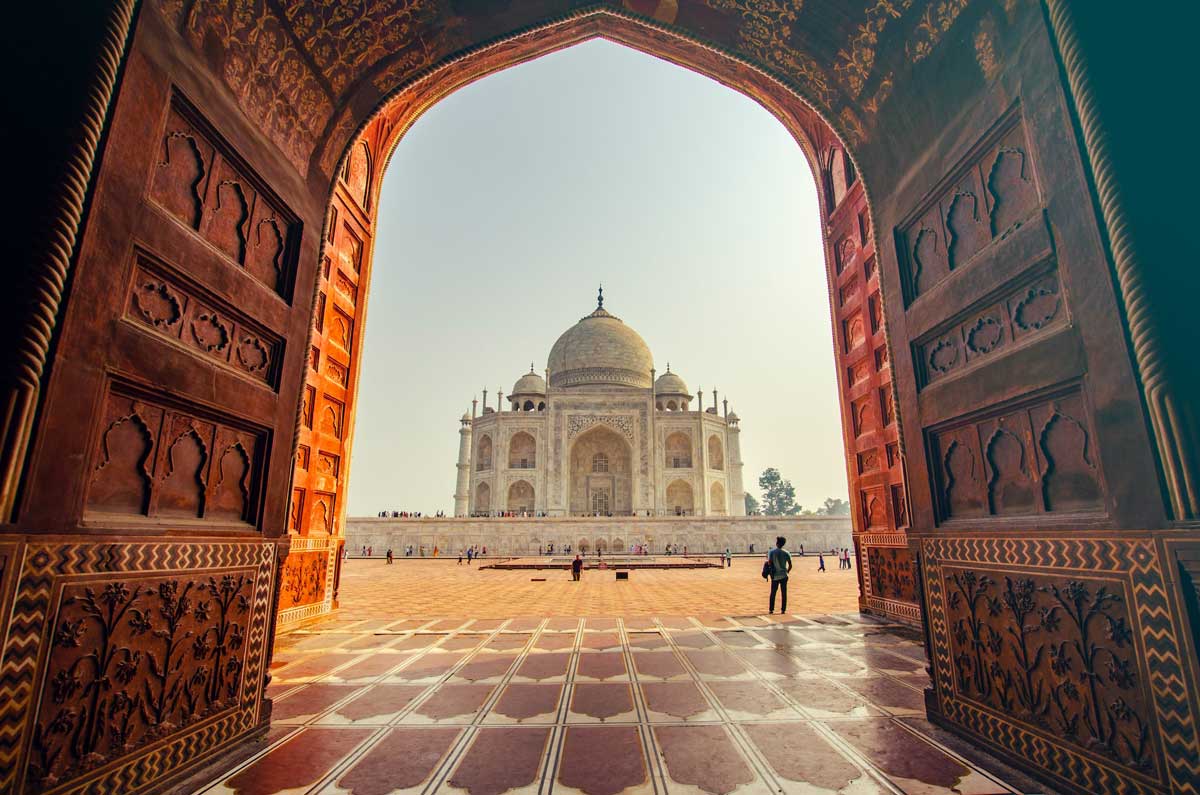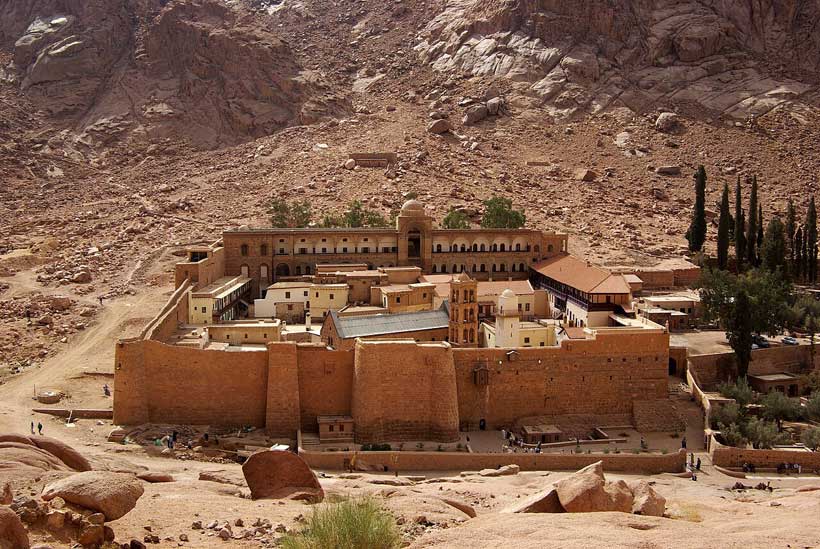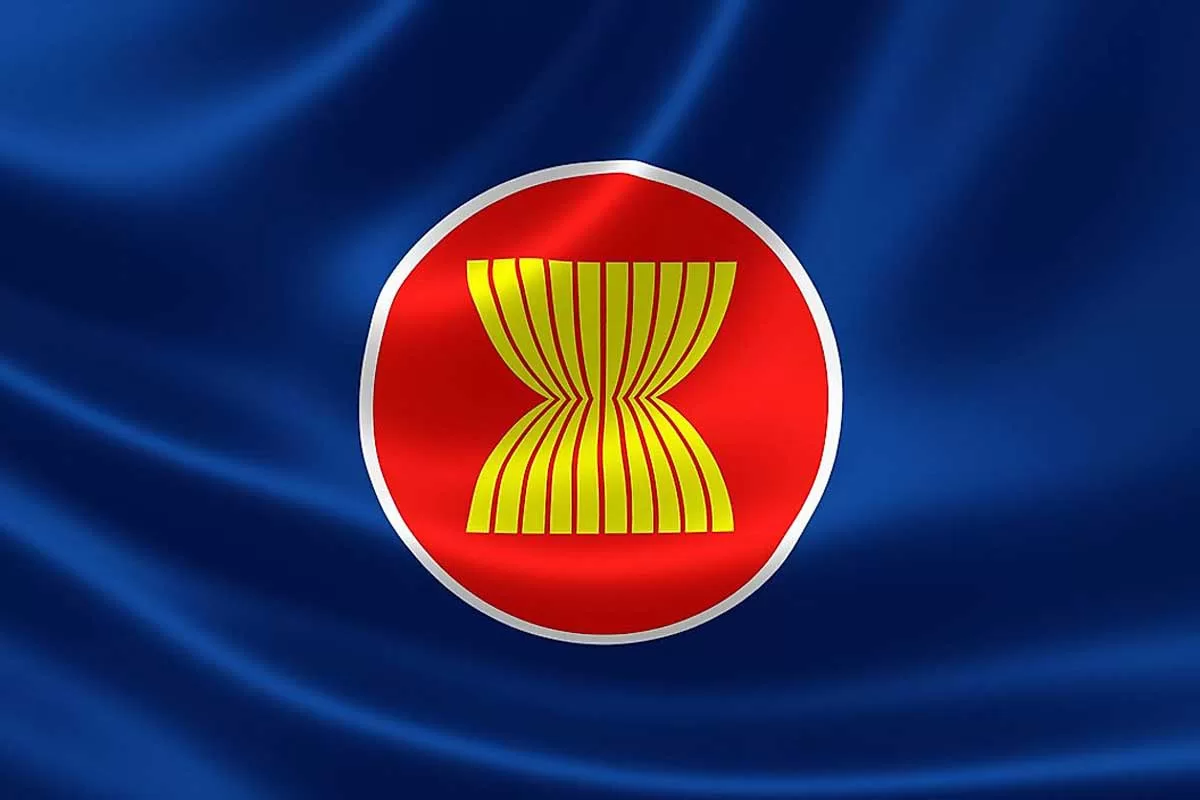US Trade Ties and the Rise of Soft Power Diplomacy
Pakistan’s diplomatic playbook for 2025 is shifting noticeably toward trade, sustainability, and the projection of soft power. Gone are the days when foreign policy revolved solely around security concerns or aid dependency. The country’s recent economic and diplomatic maneuvers suggest a clear intent to rebrand itself as a credible, reform-driven partner focused on growth, responsibility, and engagement. From seafood export approvals by the US to partnerships with France and major development financing commitments, Pakistan’s narrative is evolving, and for once, it’s a story of initiative rather than reaction.
The US government’s decision to extend Pakistan’s seafood export approval until 2029 is a quiet but significant achievement. The deal, worth roughly $600 million annually, underscores two critical things: the growing confidence in Pakistan’s sustainability standards and the country’s ability to meet global compliance norms. For years, Pakistani exporters have faced barriers due to outdated infrastructure and quality control issues. Now, improved regulations and environmental monitoring seem to be paying off. This approval not only secures a steady stream of revenue but also signals that Pakistani industries are capable of aligning with Western ecological and safety benchmarks, something that can serve as a model for other export sectors.
In a similar spirit, the Punjab government’s recent memorandums of understanding (MoUs) with France mark another leap toward deepening provincial and international trade ties. France’s interest in Pakistan’s Special Economic Zones (SEZs) reveals confidence in the country’s industrial potential. For Punjab, the partnership could attract sustainable technologies, investment in renewable energy, and expertise in urban development. It also decentralizes diplomacy, shifting some of the engagement from federal corridors to proactive provincial actors, an approach that could make economic cooperation nimbler and more region-specific.
At the macro level, multilateral institutions are showing renewed faith in Pakistan’s economic reforms. The World Bank and International Finance Corporation (IFC) have jointly pledged a staggering $40 billion for development and private sector growth. This isn’t charity; it’s a bet on Pakistan’s capacity to absorb and utilize global capital effectively. The World Bank’s concessional loans, particularly targeting education and climate resilience, fit neatly into Pakistan’s national development goals. Meanwhile, the IFC’s $20 billion allocation to the private sector and small- and medium-sized enterprises (SMEs) speaks to an evolving understanding that long-term economic health depends on entrepreneurial vitality rather than government-led expansion alone.
Domestically, the banking sector is mirroring this new wave of confidence. The Bank of Punjab, for instance, has reported record profits, reflecting a resilient financial system despite broader global headwinds. A profitable and stable banking environment is a prerequisite for sustained trade diplomacy; it assures foreign investors that local institutions are capable of managing large inflows and transactions transparently. When financial institutions thrive alongside industrial and export sectors, it sends a reassuring message to international partners that Pakistan’s growth is not a temporary surge but a maturing cycle.
But economic diplomacy alone doesn’t build soft power. What sets Pakistan’s recent approach apart is the coupling of trade initiatives with cultural and environmental diplomacy. The government’s efforts to promote interfaith harmony, expand cultural exchanges, and invest in green infrastructure reflect a broader understanding of influence in the modern era. Soft power, after all, isn’t about dominance; it’s about attraction. Pakistan’s reforestation programs, ecotourism initiatives, and partnerships in climate resilience not only improve its environmental record but also enhance its moral credibility on the global stage. These projects project a vision of Pakistan as a responsible global citizen, one that contributes to shared planetary goals rather than merely negotiating for its own interests.
Tourism, too, plays a key role in this narrative. The revival of heritage sites, promotion of religious tourism for Sikh and Buddhist pilgrims, and international film collaborations are creating a gentler, more relatable image of Pakistan abroad. These cultural bridges complement trade diplomacy by humanizing the country in the eyes of investors and tourists alike. They help replace outdated stereotypes with more nuanced perceptions of a nation that’s young, creative, and striving for balance between tradition and modernity.
This pivot toward soft power and trade diplomacy is not accidental; it’s strategic. Pakistan seems to recognize that credibility in global markets depends not just on economic incentives but on the consistency of reform and image. The focus on sustainability and governance reforms aims to reduce dependency on loans and shift toward mutually beneficial trade partnerships. In doing so, Pakistan positions itself not as a passive recipient of aid but as a contributor to global growth.
Critically, these moves also reflect a certain self-awareness. The emphasis on sustainability, whether in fisheries, industry, or climate policy, acknowledges that the old model of extractive growth is no longer viable. Similarly, engaging institutions like the World Bank and IFC shows that Pakistan understands the importance of credibility and transparency in attracting international capital. Trade diplomacy, when backed by responsible domestic governance and inclusive growth, becomes more than an economic tactic; it turns into a long-term strategy for stability and respect.
That said, this strategy will need to be carefully managed. The challenge isn’t just to secure deals but to ensure they deliver equitable benefits. For instance, trade approvals and foreign investments must be accompanied by support for small exporters, labor reforms, and environmental safeguards. Otherwise, the benefits will stay concentrated among elites, undermining the very soft power Pakistan seeks to build. Likewise, diplomatic capital must not be squandered on short-term optics or domestic political point-scoring. Consistency, patience, and institutional continuity will determine whether this new vision can endure.
In many ways, Pakistan’s 2025 diplomacy embodies a pragmatic realism. It doesn’t reject global partnerships or rely excessively on one bloc. Instead, it seeks balance between East and West, between economic pragmatism and moral purpose. By intertwining trade with culture, sustainability, and finance, the country is sketching the contours of a diplomacy that’s as much about persuasion as negotiation. And in a fragmented world increasingly defined by narratives rather than alliances, that’s a powerful pivot.
Recommendations
· Establish specialized trade diplomacy desks in embassies to promote sectoral exports, green investment, and SME partnerships.
· Strengthen provincial economic offices abroad to attract investors in key sectors like textiles, agri-tech, and renewable energy.
· Implement domestic policies for export diversification and improve digital trade facilitation to empower smaller producers.
· Expand cultural diplomacy programs, including art, film, sports, and education exchanges, to enhance people-to-people connections and global goodwill.
· Ensure policy consistency and transparency across all levels of government to solidify Pakistan’s reputation as a credible, reform-driven partner in global trade and diplomacy.



